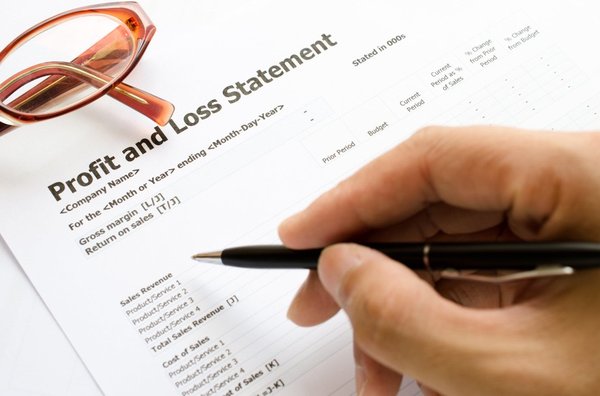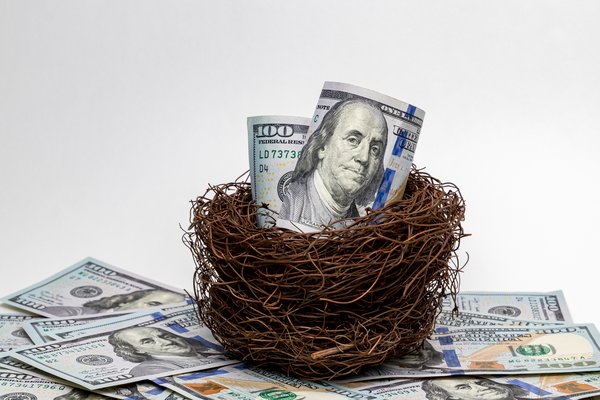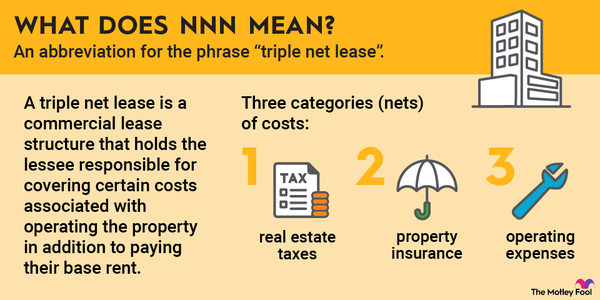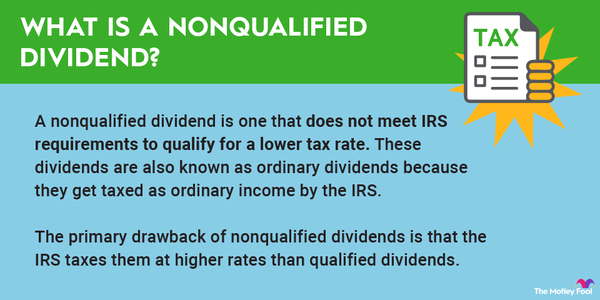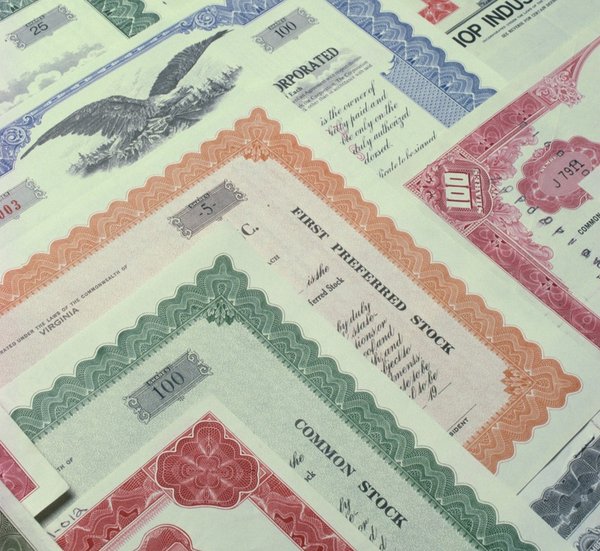Before you invest in a mutual fund or exchange-traded fund (ETF), you need to know the expense ratio. The expense ratio is the percentage of your investment that goes toward the fund’s expenses, such as managing, marketing, and administrative costs.
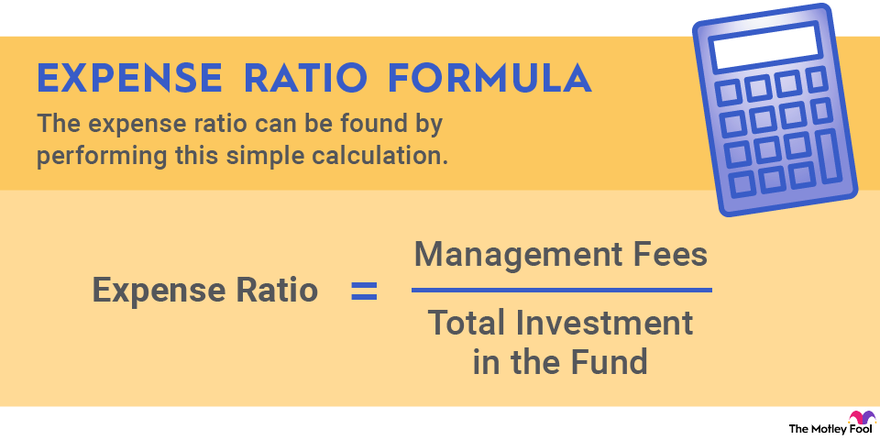
But sometimes, you’ll see two different types of expense ratios: the gross expense ratio and the net expense ratio. Read on to learn about the difference between the two.
What is it?
What is a net expense ratio?
An expense ratio is the amount of money a fund charges, expressed as a percentage of the investment, that goes toward fees. If you invest $1,000 in an ETF with a 0.2% expense ratio, that means 0.2%, or $2 of your investment, will go toward fees, while the other 99.8%, or $998, will be invested. There are two types of expense ratios:
- Net expense ratio: The net expense ratio is the amount you pay for investment fees after accounting for discounts and temporary fee waivers.
- Gross expense ratio: The gross expense ratio is the total cost of all investment fees and does not apply discounts or temporary fee waivers.
Essentially, the net expense ratio reflects what you’re actually paying to invest in a fund. But discounts and fee waivers are often temporary -- they’re frequently used to promote a new fund -- so it’s important to consider the gross expense ratio as well since it represents what you could be paying.
How to calculate
How to calculate net expense ratio
Usually, you won't need to calculate net expense ratio or gross expense ratio. Both numbers are included in the fund's investment prospectus. But if you want to DIY this calculation, here's the formula:
Net expense ratio = (Total operating expenses - fee waivers and reimbursements)/ Total fund assets
For example, if a fund's fees add up to $10 million and the fund has $1 billion of assets, the gross expense ratio is 1%. But suppose that, of that $10 million, $2 million goes toward management fees, and the fund's manager agreed to temporarily waive the fee.
($10 million operating expenses - $2 million fee waiver/$1 billion assets) = 0.008, or 0.8% net expense ratio.
What's a good net expense ratio?
What's a good net expense ratio?
Often, gross expense ratio and net expense ratio are the same. But if the numbers are different, the gross expense ratio will always be higher since it doesn't account for discounts. Regardless of which number you're looking at, though, you want it to be as low as possible to maximize the amount of your money that actually gets invested.
Expense ratios may seem like a minor expense, but they can add up quickly. If you invested $1,000 a year for 30 years in a fund with a 1% expense ratio and the fund had a 10% annual rate of return, you'd pay more than $36,000 in fees over three decades. But if your expense ratio was 0.1%, you'd only pay $4,000 in fees.
Even if a fund has a low net expense ratio, it's essential to consider the gross expense ratio since it represents what you might be paying after temporary promotions end. Fortunately, it's pretty easy to find passively managed funds that track a broad market index, like the S&P 500 index, with expense ratios of 0.1% or less.
Related investing topics
Example
Example of net expense ratio
For an example of net expense ratio vs. gross expense ratio, let's look at the Gabelli Love Our Planet & People ETF. Launched in January 2021, the actively managed fund emphasizes the environmental aspect of ESG investing.
As of May 2023, the fund's gross expense ratio was 0.9%. But because the fund's management agreed to waive fees on the first $100 million invested for the first year, its net expense ratio is 0%.








